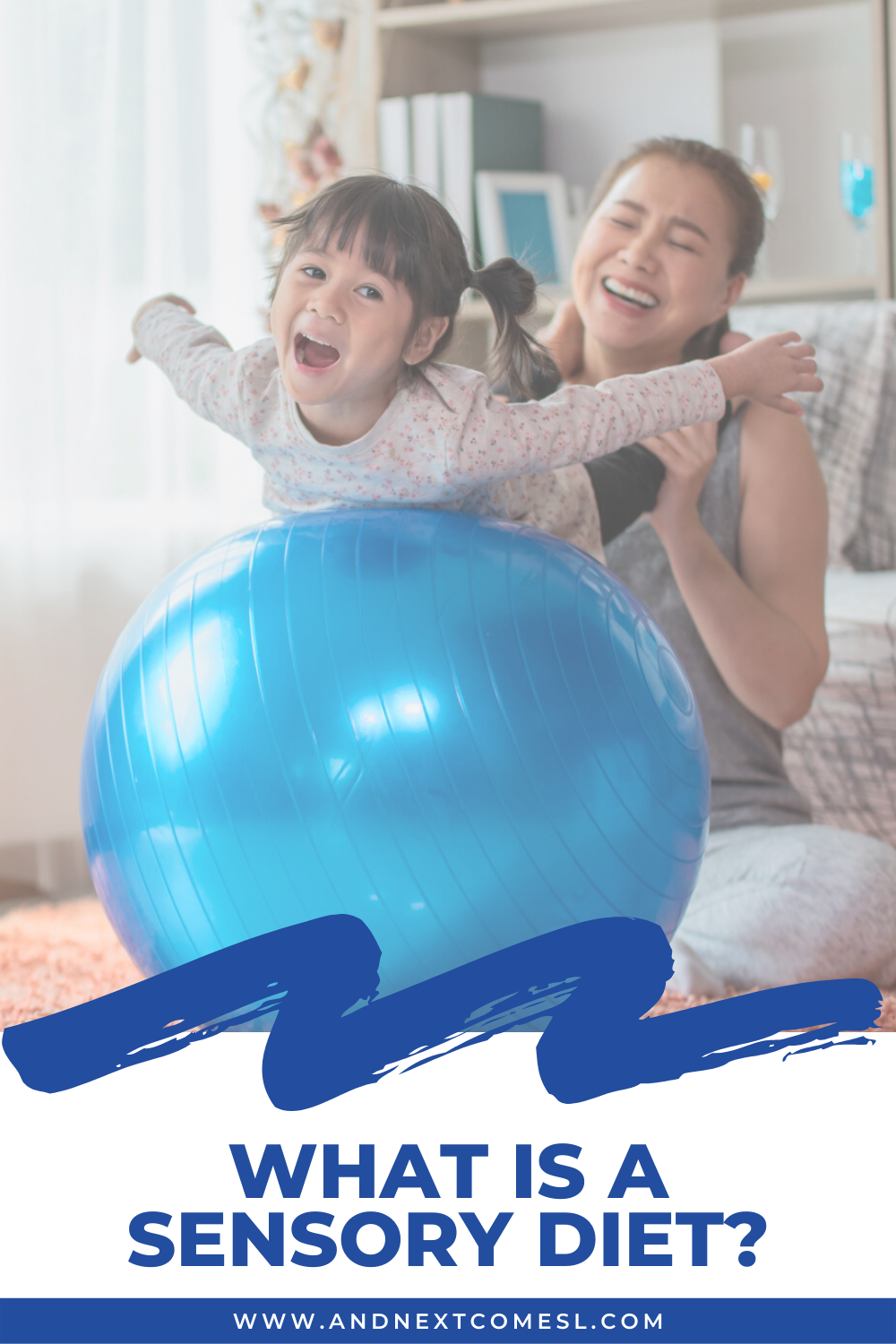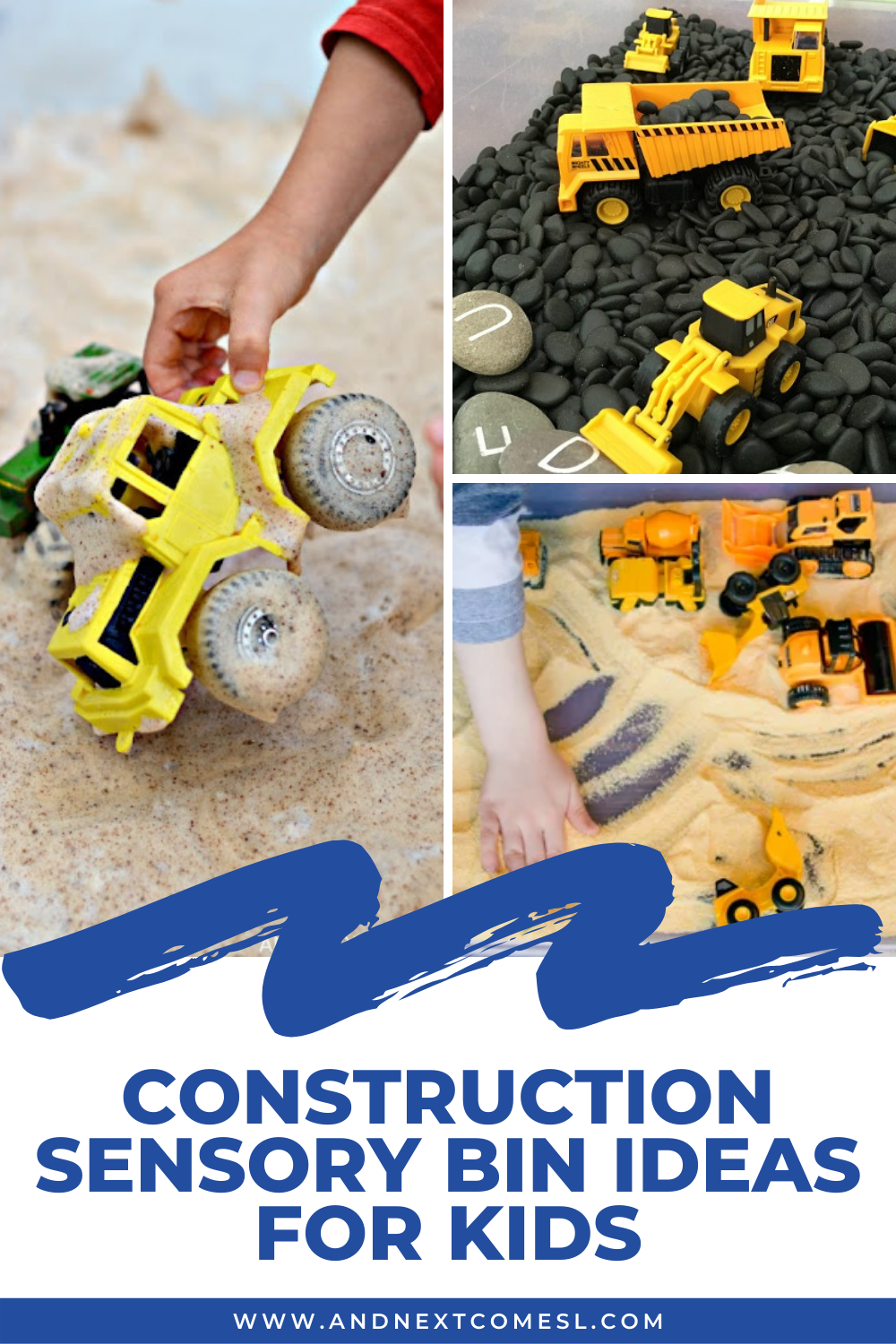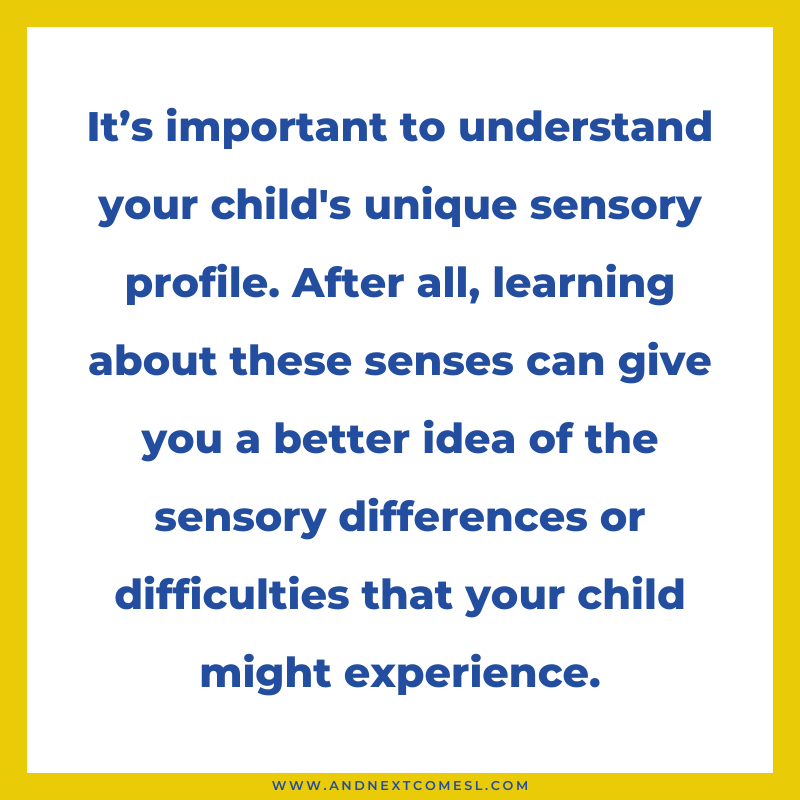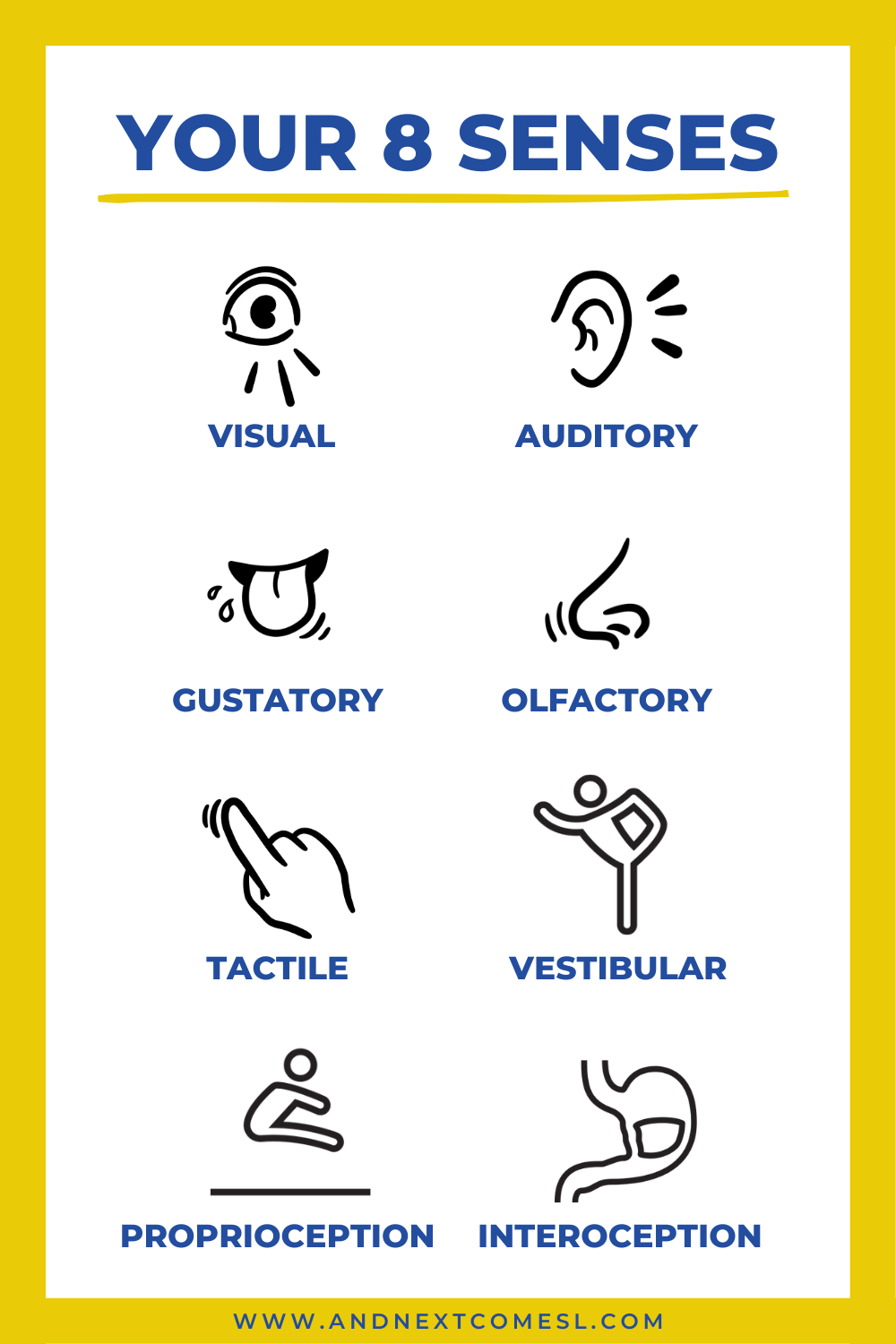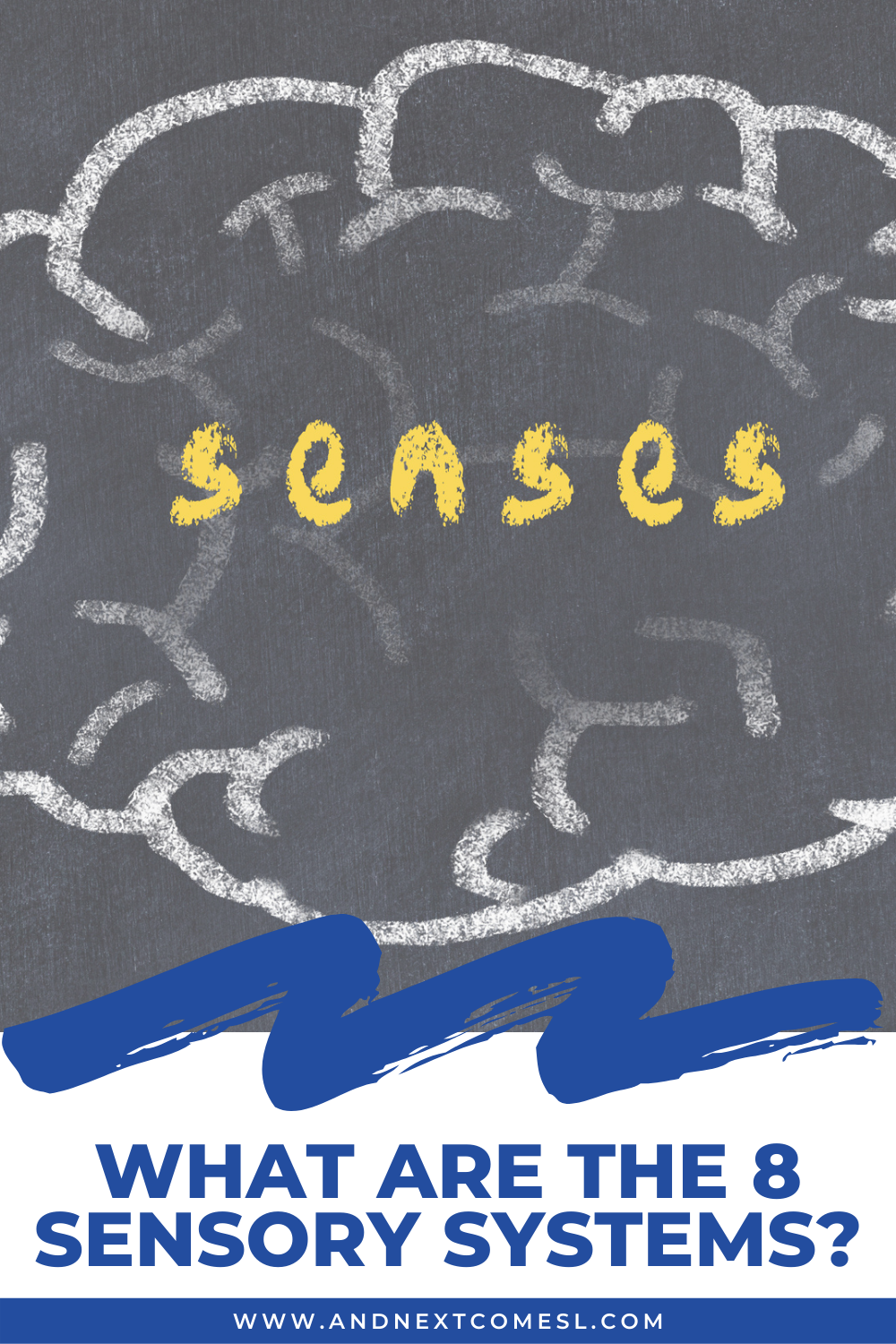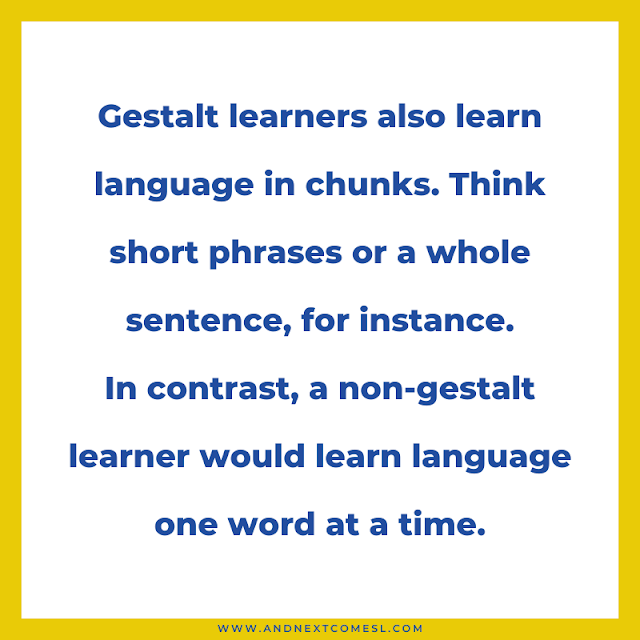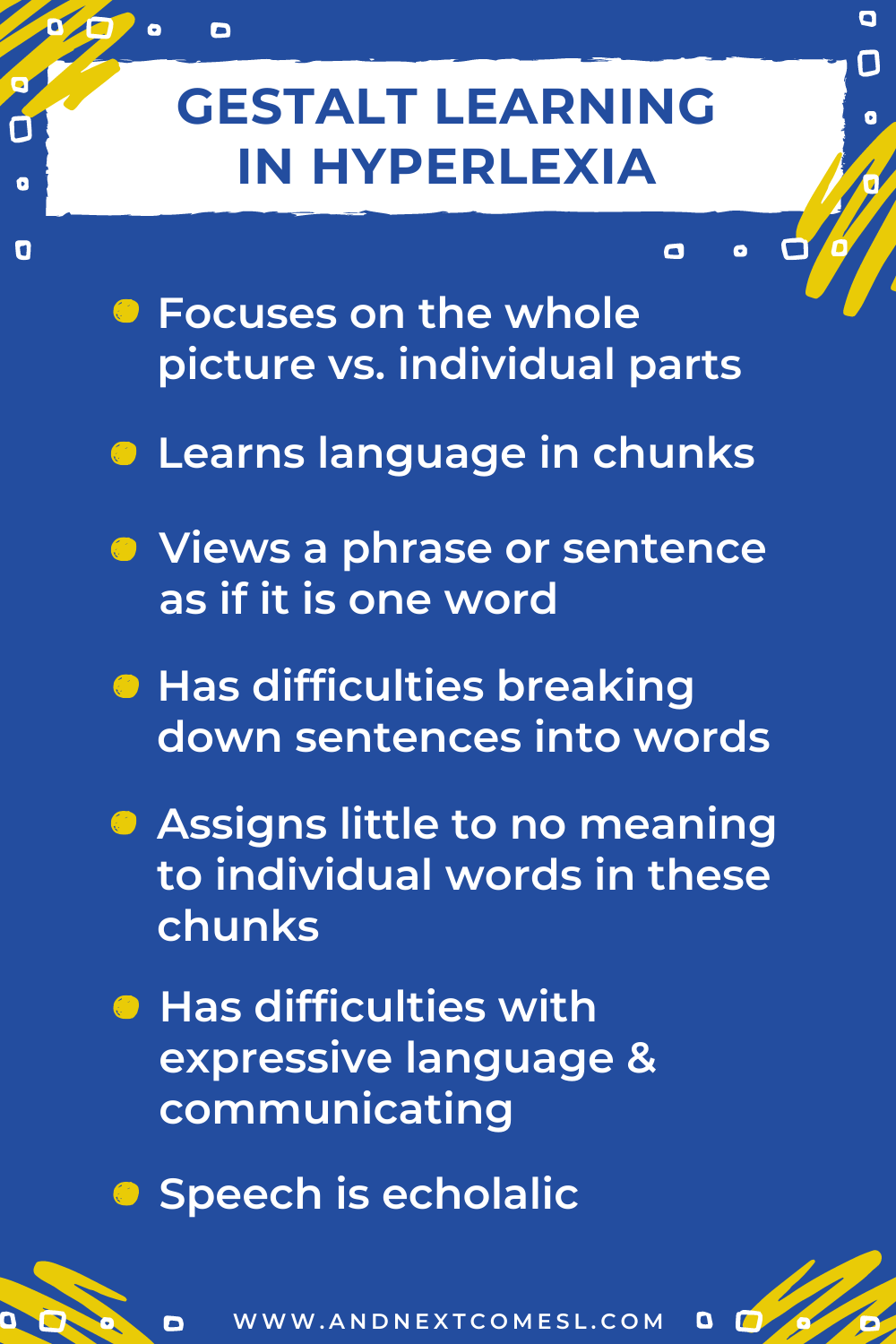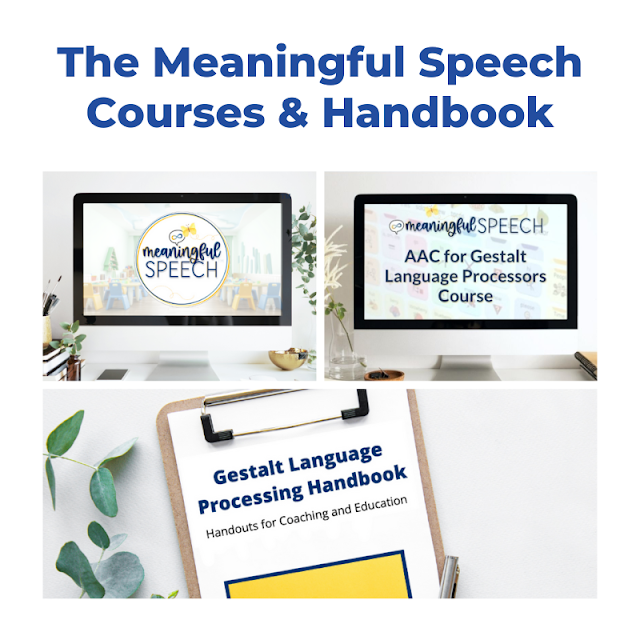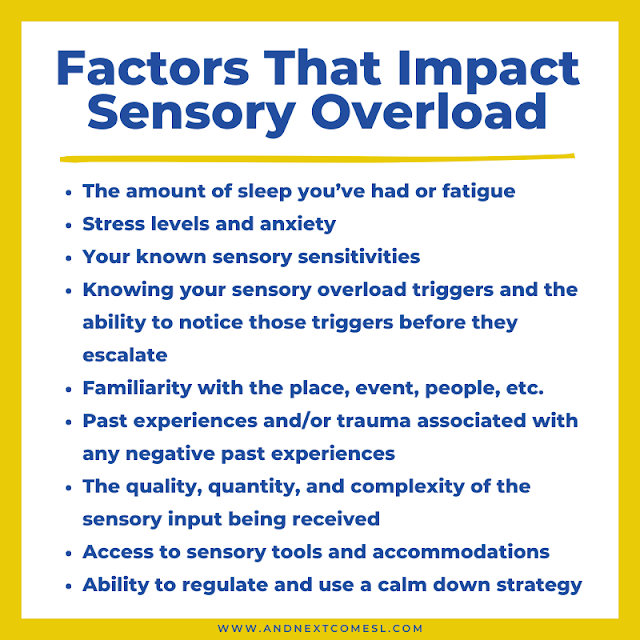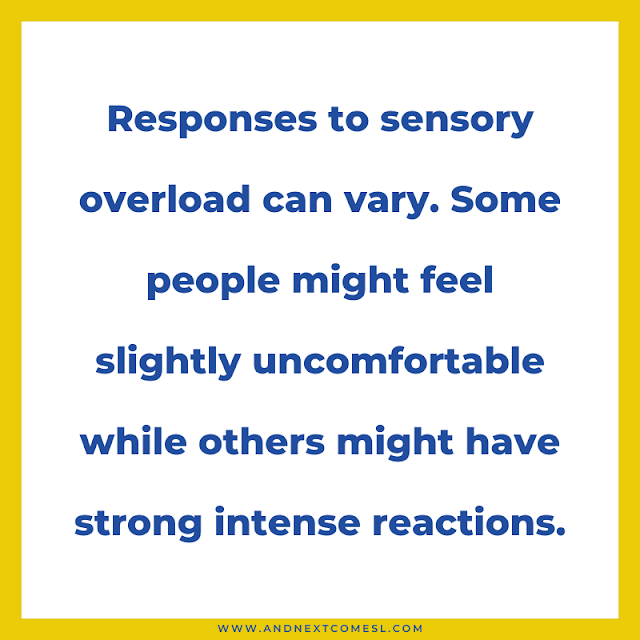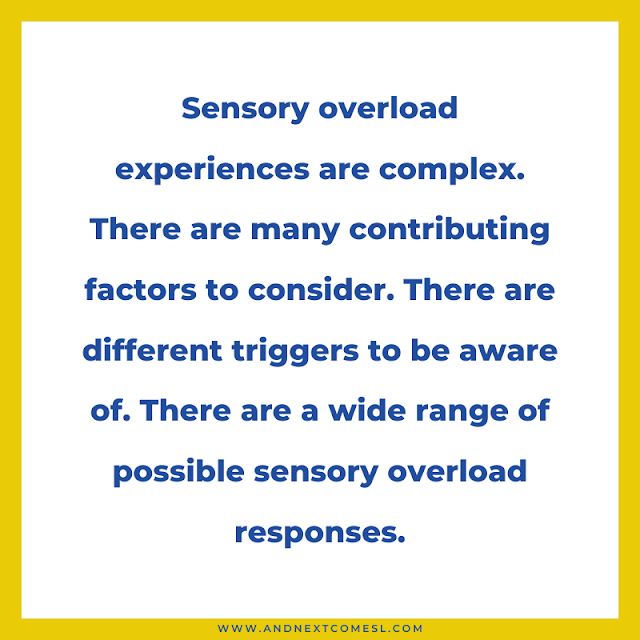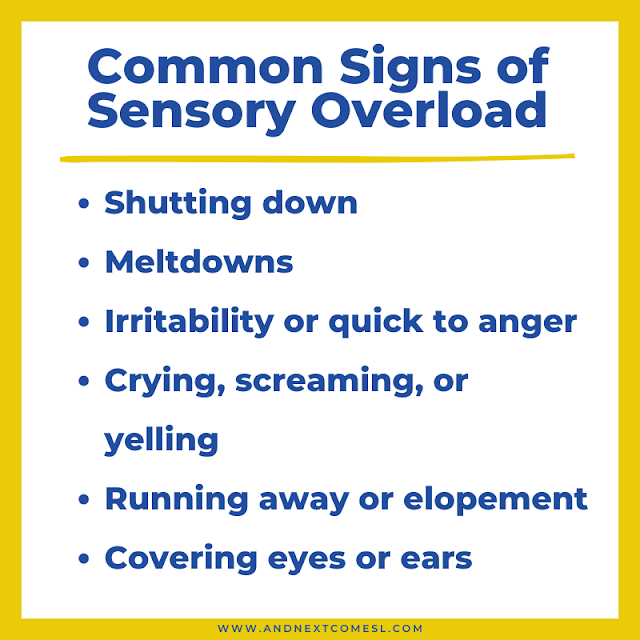If you have a child with sensory issues, then you've likely heard the term sensory diet before. But what is a sensory diet exactly? Well, below you'll learn all about sensory diets and what they are.
As a parent of an autistic or sensory kid, you might have to learn a lot of new terminology. For instance, you'll hear words and phrases such as stimming, sensory overload, and proprioception (or any of the other different sensory systems). But you'll also likely come across the phrase sensory diet and wonder what the heck that might mean.
At first glance you might see the word diet and automatically think food. But sensory diets aren't about the food you eat or don't eat. It's not that kind of diet.
Instead, it's a diet made up of valuable sensory input that your child needs to get through the day.
They're helpful for many kids, as you will soon see. But first, let's answer the question you've been wondering: what is a sensory diet?
So What is a Sensory Diet Exactly?
With a traditional food diet, you need to consume specific foods to meet your nutritional needs, right? Well, a sensory diet does the same kind of thing. Obviously, you're consuming sensory information instead of food here, but the principle is the same.
A sensory diet is designed to help you snack on the sensory input you need in order to meet your individual sensory needs. Of course I had to use a food pun here...Really, it was inevitable.
Anyway, if you Google the definition of a diet, you'll of course see a definition related to food. But you'll also see the following definition, "a regular occupation or series of activities in which one participates." And that's the definition that will help you better understand what sensory diets are all about.
Basically, it's an individually tailored plan that outlines a set of specific activities designed to meet a child's sensory needs. Or, if we use that Google definition of diet from above, then it's a series of sensory activities that a child regularly participates in.

With this plan or diet, the goal is to get kids into a "just right" state. Basically you want to get your child to a state where they aren't overstimulated or understimulated, but instead, somewhere in between.
So if your child is overstimulated, then you'll use activities that can help calm your child and bring them back to that "just right" state. On the flip side, if they seem sluggish, under responsive, or just generally "off," then you'll use activities that are designed to wake them up a bit. Something designed to be alerting. Kind of like you rely on a cup of coffee to get you going in the morning.
It's important to remember that the activities that are included in your child's plan or diet will depend on what sensory issues your child has. The diet has to be tailored to them or else it won't work.
It's no different than serving up foods to your child to make sure that any nutritional gaps are filled. I mean giving your child candy isn't going to give your child the same nutrition as a banana, right? The same applies to sensory activities that you use to support your child's needs. You have to use activities that fulfill those needs, much like you have to use food that fulfills the correct nutrition needs.
Remember, sensory diets are a tool. A tool that allows you to help your child fill whatever sensory need they may have. A tool that helps your child function to their full potential, as cheesy as that sounds. Oh look another food joke!
Who Can Benefit from a Sensory Diet?
Anyone with sensory issues can benefit from a sensory diet. Regardless of whether or not they have a diagnosis.
Typically though, you use a sensory diet to help kids who are struggling.
Remember, we're trying to get kids to that "just right" state. And kids who are over or under-responsive are struggling to get to that state.
Some kids can have extreme sensory needs and will really struggle as a result. And then there are others who have mild sensory issues and will only struggle a little bit. But both types - as well as everything in between - can benefit from sensory diets.
Usually sensory diets are used for autistic kids, kids with sensory processing disorder, and/or kids with ADHD. Most of these kids can benefit from having a tailored plan of sensory strategies. They often need to have regular sensory input throughout the day. And a sensory diet is a great way to ensure that that happens.
It's important to note that although sensory diets are usually associated with kids, they're not limited to use only with kids. Some teens and adults can also benefit from having a specific plan or diet. So please keep that in mind.
Tips for Creating Effective Sensory Diets for Kids: What You Need to Know
To create a sensory diet for your child, it's best to consult with an occupational therapist first. They can provide you with details on what kinds of sensory input your child needs. They can also tell you if your child is sensory seeking or sensory avoidant in certain areas. And finally, they can give you great ideas for sensory activities and strategies to use that are tailored to your child.
Also, a good sensory diet should be tailored to a child's specific sensory needs. Not everyone has the same sensory needs, right? So no two sensory diets should be alike.
So if you're using a cookie cutter sensory diet template, then you're probably doing things wrong.
The activities that you use as part of a sensory diet should produce positive effects on a child. If you see any kind of negative response to an activity, then stop immediately. It could be that that particular activity is not a good fit for your child. After all, we're looking for the right sensory input here. Not something that causes other issues.
On a similar note, never force a child to do a sensory activity. Even if it's written into their plan. If there's resistance at all, then give your child a break. Or try a different activity instead.
Some sensory diets may include regularly scheduled activities throughout the day and be highly structured. Or they may be more loose, offering activities as needed throughout the day. Which format you use will depend on your child.
However, I personally prefer to naturally incorporate sensory activities into the day instead of scheduling them ahead of time. I think sensory diets are much more effective when used in this way. I mean the whole point of a sensory diet is to provide your child with sensory input as they need it. And let's be honest, your child's sensory needs aren't always going to follow some strict schedule.
Time for a Quick Recap!
Sensory diets aren't about food even though the name might imply otherwise. Instead, they're about providing your child with a set of specific activities that are designed to fill their individual sensory needs. So no two diets will be the same. After all, different people have different needs.
These diets should be created in consultation with an occupational therapist. And they're helpful for kids with sensory issues, with or without a diagnosis.
So hopefully that helps answer the question what is a sensory diet?
Other Amazing Sensory Processing Resources You'll Love
DIY Sensory Tools & Hacks to Help with Sensory Diets at Home
Free Printable List of Oral Sensory Diet Activities for Kids
A List of 50 Easy Sensory Diet Activities for Kids
